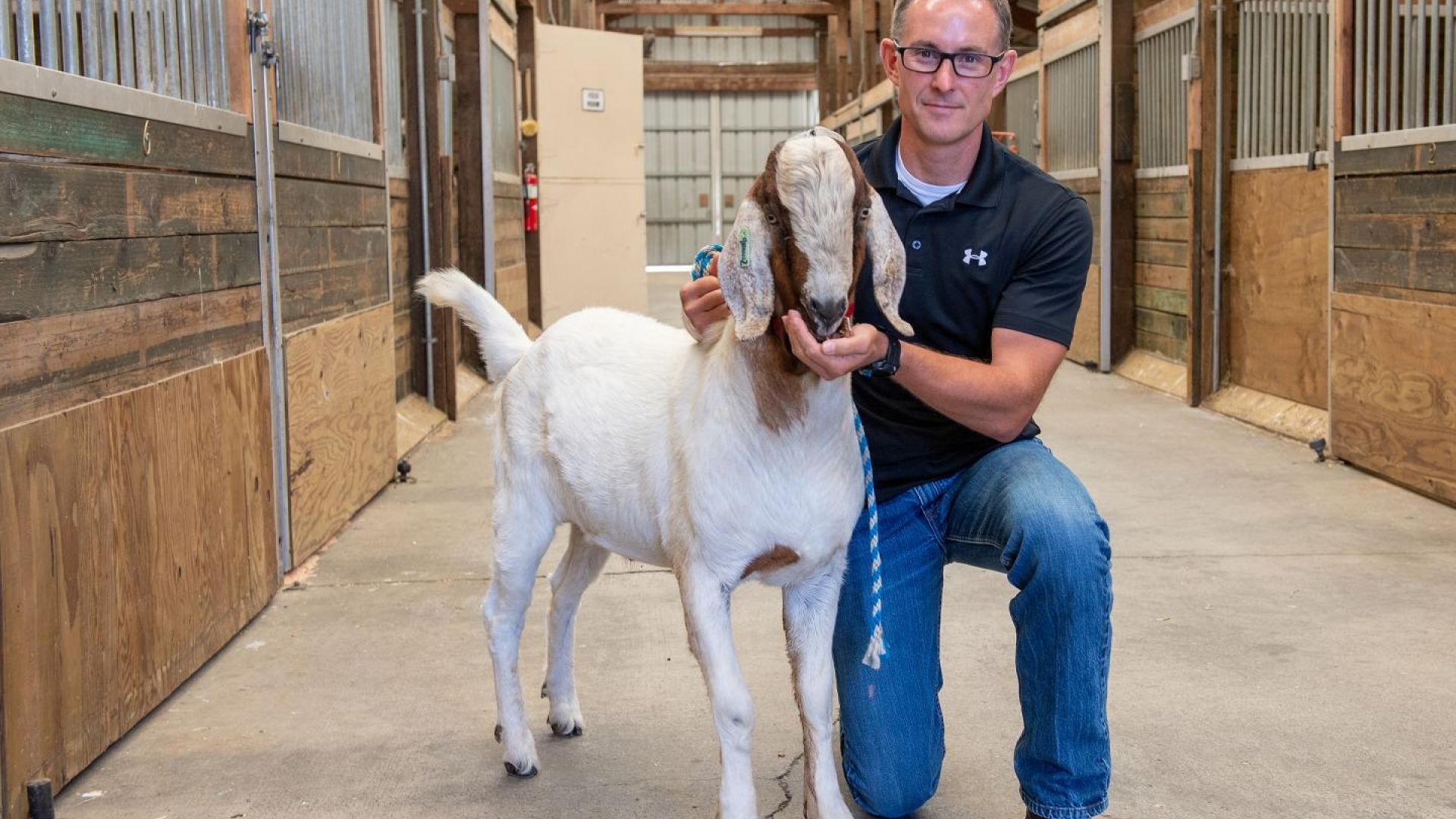EU policymakers pay attention to US university gene-editing results

Jon Oatley, a Washington State University professor in the School of Molecular Biosciences, was invited by the US Embassy in Romania to speak about his research into gene-editing livestock. But most of the questions the European policy makers asked had to do with public acceptance of the technology.
“I was invited to speak at this summit because of what we’ve been able to accomplish at WSU not just in the research world but also in the policy space. We’ve become the place in the US that everyone’s looking to for progress in this area,” said Oatley, who is also the associate dean for research at WSU’s College of Veterinary Medicine.
Oatley led the research team that developed “surrogate sires,” a gene-editing method which can help disseminate desirable and needed traits in livestock, such as better heat resilience. The technology promises to vastly improve protein sources to help feed the world’s growing population — but only if people will eat the meat from gene-edited animals.
Oatley and his team not only worked to secure Food and Drug Administration approval to put several CRISPR-modified pigs into the food chain but also ate the resulting sausage at a public cookout, inviting the media to try it themselves. This is the same goal Oatley had in Europe where policymakers are very hesitant about anything that might be considered “genetically modified.” “It’s not a concern necessarily about safety really,” Oatley said. “It’s the perception of how are we going to put something that could be considered genetically modified on to dinner plates? But we’re already doing it. We have been genetically modifying animals and crops through selective breeding for thousands of years. This is just a different tool.”
Gene editing involves working within a species’ genome to create changes in an animal or plant that could occur naturally. It often gets falsely conflated with genetic modification methods that insert foreign DNA from one species into another.
The most frequent questions Oatley received in Europe were about the potential need for labelling products, how gene-editing might affect animal welfare, and how to improve the public’s trust of science. Oatley doesn’t believe in the need for labelling meat from gene-edited animals if it has already passed safety tests as it should be on the same level as meat from selectively bred animals.